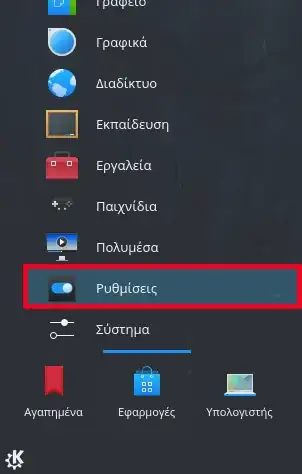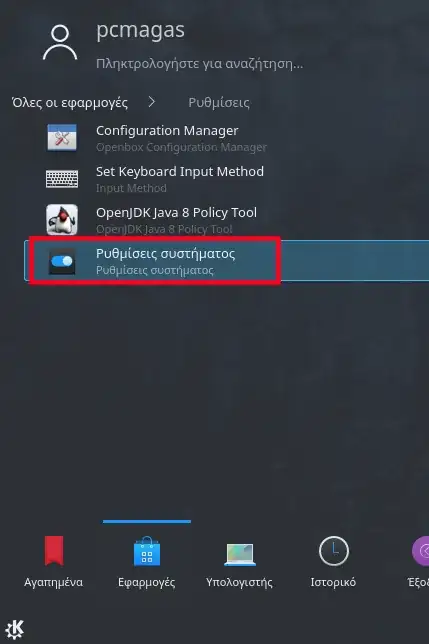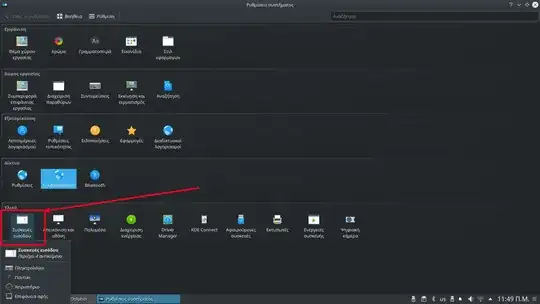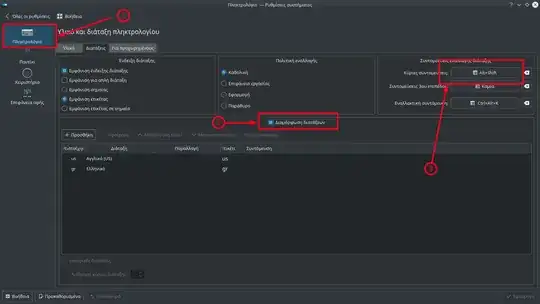Boot from a live usb and mount the disk that has the GNU/Linux Installed, keep in mind to mount the partition having the INSTALLED system's root filesystem (and not the root folder from the liveusb distro).
In my case has been the /dev/sda2 and I mounted as:
sudo mount /dev/sda2 /mnt
Using the command sudo fdisk -l and judging from the size and the type (correct one Linux Filesystem) you can mount the appropriate partition. In case of a wrongly mounted partition you can unmount it via the command (we are using the cd command as well in order to make not busy the mounted partition):
cd && sudo umount /mnt
Also In the mounted partition should containe the etc folder as well.
Having said that now you can nou type the following command:
sudo nano /mnt/etc/default/keyboard
And from:
# KEYBOARD CONFIGURATION FILE
# Consult the keyboard(5) manual page.
XKBMODEL="a4techKB21"
XKBLAYOUT="cz"
XKBVARIANT=""
XKBOPTIONS=""
BACKSPACE="guess"
Change it into:
# KEYBOARD CONFIGURATION FILE
# Consult the keyboard(5) manual page.
XKBMODEL="a4techKB21"
XKBLAYOUT="us"
XKBVARIANT=""
XKBOPTIONS=""
BACKSPACE="guess"
In case that the change has been into a desktop session that you are already logeedin then edit the /etc/default/keyboard directly (as long as you are able to locate the correct layout on the CZ_german layout.)
Save the file and then reboot. Once you login configure the keyboard layout via these steps:
First of all go to "System Settings" as the following Images show (System Language In Greek):


On the opened window then select "Input Devices" (in Greek "Συσκευές Εισόδου") as seen In the following Image:

Afterwards select Keyboard and click on the icons as seen in the following image (with the particular order):

Afterwards select to Change the layout using Alt+Shift following the instructions shown in this image:

So now you have restored the input languages back to Greek and English. Similar steps can be followed to restore into any desired layout.
The whole idea behind it is to first setup into basic us layout via any GNU/Linux live usb/cd, then install any localized layout.




